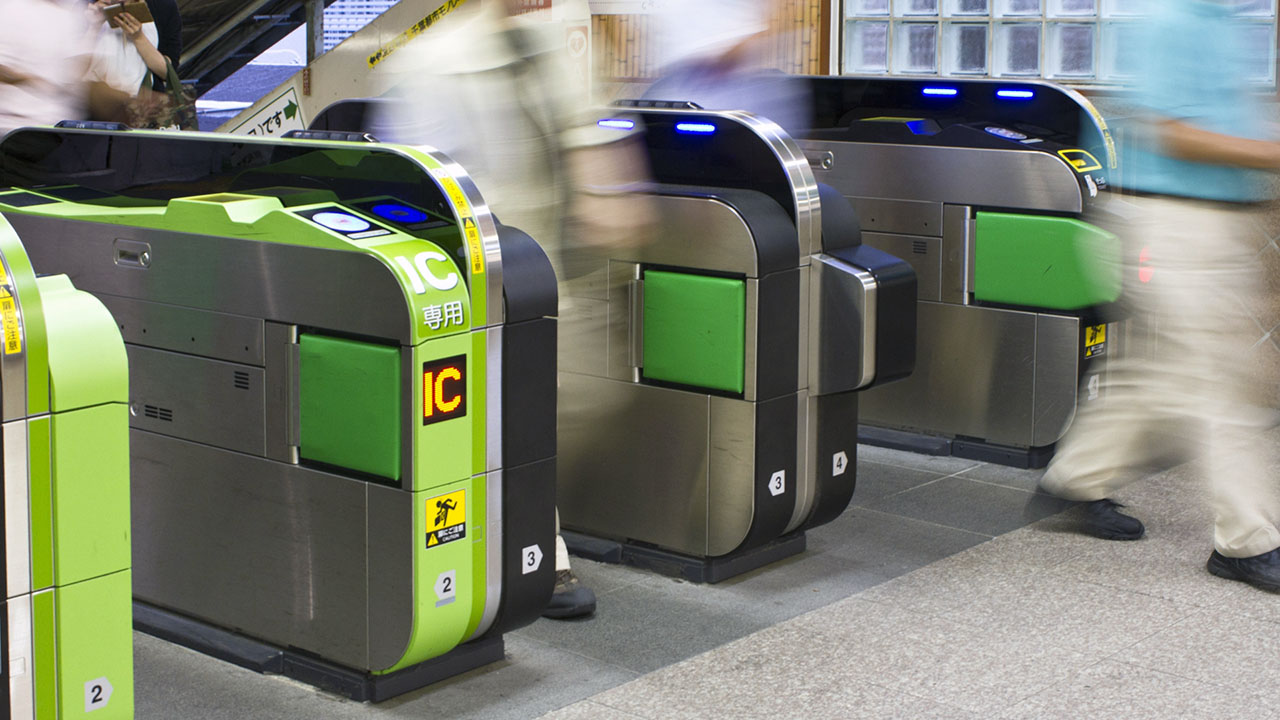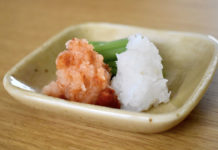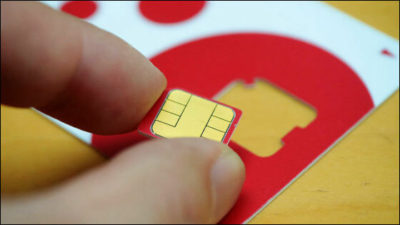The Japanese train systems can be confusing for first-timers. With over half a dozen private companies operating their own overlapping lines in Tokyo alone, getting around takes a bit of getting used to. However, there’s one way you can reduce the hassle: swapping out old-school paper tickets in favor of a Suica IC card. You can easily buy a Suica card in Tokyo at any JR East station.
With one of these, you won’t have to queue for the ticket machines, or spend ten minutes poring over maps that look like they’d need an engineering degree to decipher. Instead, you can just find the line you need and tap your card on the gate. It’s not just for trains too; the Suica can be used for buses, vending machines, and more!
Let’s look at what exactly a Suica card does, and how to buy a Suica card in Tokyo and elsewhere.
Where Can I Use Suica Cards Bought in Tokyo?
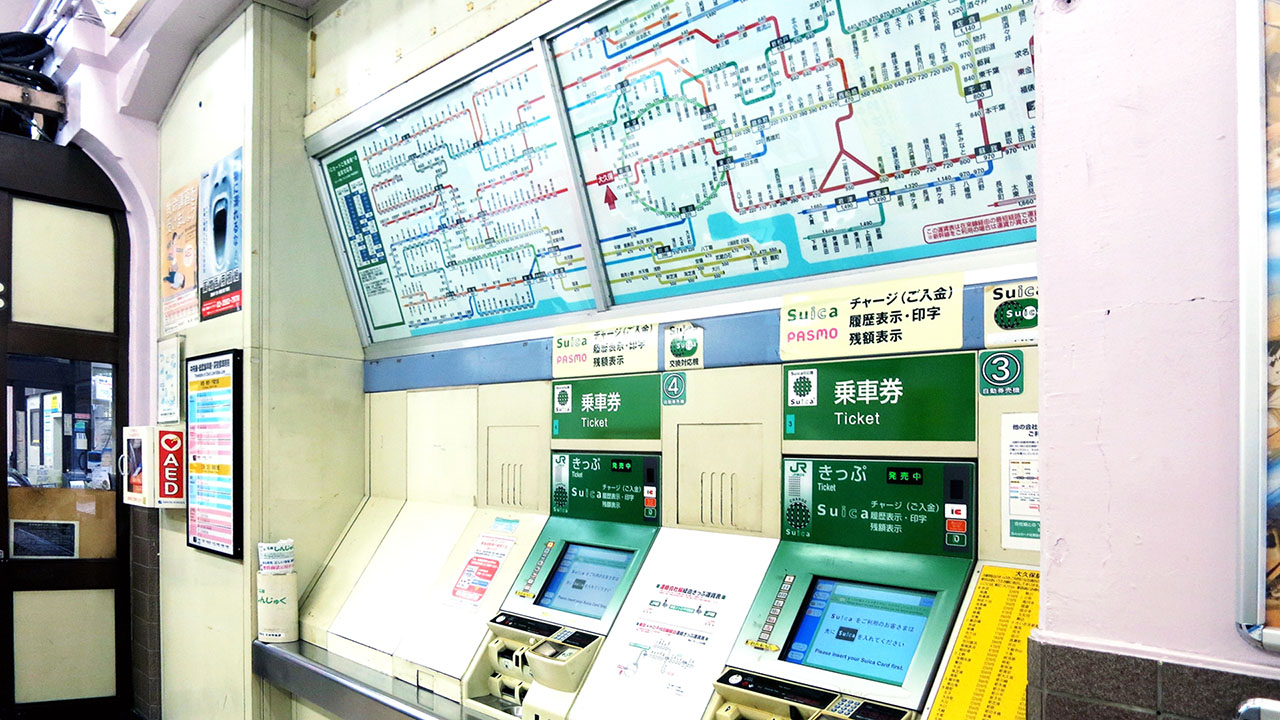 The Suica card is issued by the main train company for the greater Tokyo area, JR East. Other companies around Japan issue their own unique IC cards, such as Nimoca in Fukuoka, and Kitaca in Hokkaido. The difference is basically just in the name.
The Suica card is issued by the main train company for the greater Tokyo area, JR East. Other companies around Japan issue their own unique IC cards, such as Nimoca in Fukuoka, and Kitaca in Hokkaido. The difference is basically just in the name.
Although each region issues its own cards, they’re all usable on each other’s readers. That means that your Suica isn’t just valid within Tokyo, so you can use it up and down the length of the country. If you want to travel between regions on long-distance trains such as the super-fast Shinkansen, however, you’ll have to buy a separate ticket.
You’ll also be able to use your Suica card on any of the other companies’ lines in Tokyo too. There’s no need to get a separate card for the Metro, JR, Tokyu, Odakyu, and every other network in Tokyo — your Suica works on them all.
How to Buy a Suica Card in Tokyo
Getting your hands on a Suica is easy — so easy in fact that you don’t even have to leave your house to buy one. You can pre-order your Suica from your home country through companies such as Klook or SIM Card Geek, then pick it up at your chosen airport.
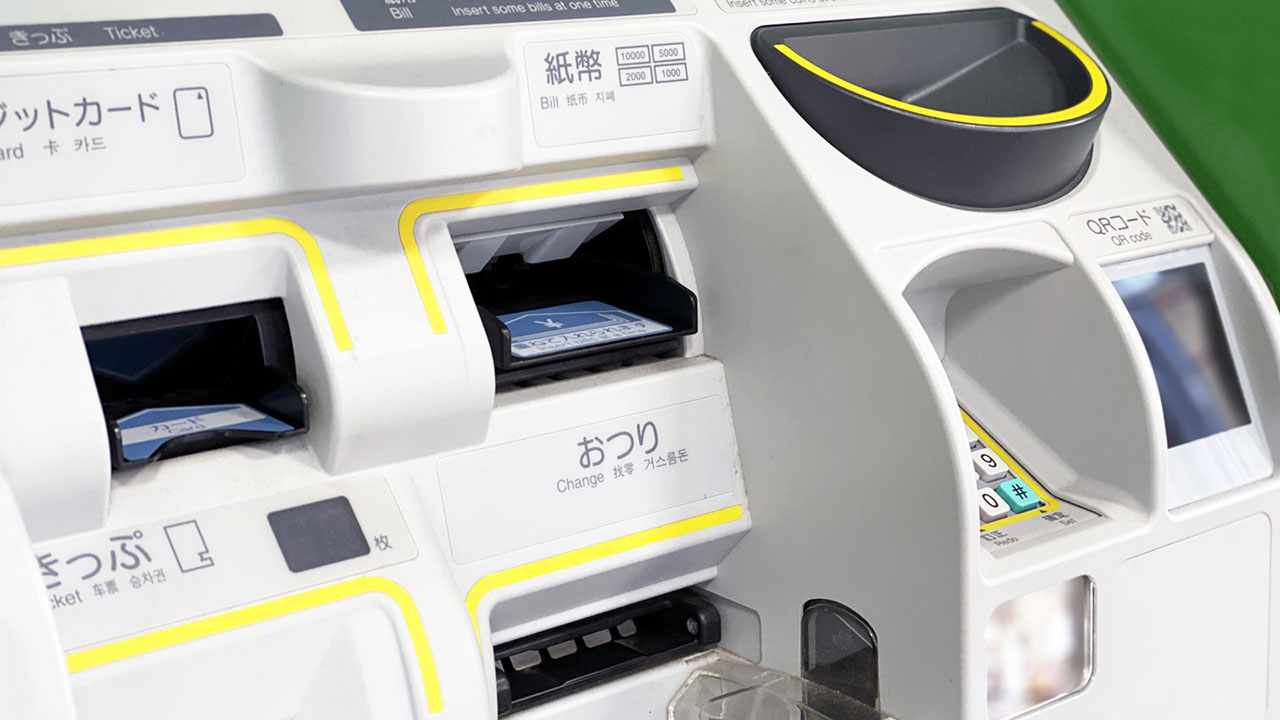 Besides that, it’s super simple (and cheaper) to buy a Suica card you’ve touched down in Japan. All you have to do is find a ticket machine at any JR East station. Basically any station in Tokyo which has JR at the start of the name. Once you’ve found one, just follow our easy picture guide below.
Besides that, it’s super simple (and cheaper) to buy a Suica card you’ve touched down in Japan. All you have to do is find a ticket machine at any JR East station. Basically any station in Tokyo which has JR at the start of the name. Once you’ve found one, just follow our easy picture guide below.
The ticket machine should look something like this. There are usually quite a few inside each of the hundreds of JR East stations, and some in at Haneda and Narita too.
Next, you’ll want to change the machine to English (unless you mastered Japanese prior to your arrival). To do so, just press the ‘English’ button in the top right.
After that, choose the amount you want to preload your card with. Keep in mind that 500 JPY is taken as a refundable deposit, so you’ll starting off with a 2,000 JPY payment will only actually get you 1,500 JPY of travel credit.
After that, just insert your money in notes or coins, and the machine will do the rest.
If the ticket machine defeats you or isn’t working, this can all be done face to face at the ticket office instead. Station staff usually have enough vocational English to help you out without any major language issues.
One extra thing you might want to do is register your card. This means that it will be linked to your name, and you can get a replacement if you lose it. You’ll also need to have your card registered in order to load special tickets onto it, such as the commuter passes which are useful if you’ll be in Tokyo for a few months or years. If you want to do this, just choose ‘MySuica’ or ‘Name Inscribed Suica’ on the menu and type in your name, gender, birthday, and telephone number before the payment stage.
How to Use a Suica Card in Tokyo
Once you have the Suica card, using it is as easy as tapping it on any card reader at the train stations. In general, every bus, convenience store, and vending machine will also have one of these machines, meaning you can cut down on the pocket change by loading a few thousand yen into your card for nighttime snack runs.
When you tap into a ticket gate, your balance will appear on the digital display. Upon exiting at a different station, the gate will show you how much you spent and your remaining balance. If you feel like you’re burning through Suica charge faster than expected, be aware that switching between rail companies mid-journey always incurs higher costs as you pay the base journey price to each company. Try to stick to just one network per trip if possible.
Once you inevitably run out of charge, you’ll need to top up. Doing so is really simple — you don’t even have to be in a JR station for this one. Just go to any train station ticket machine which has ‘Charge’ written above it. Each company has its own style of machine, so it will be a little different depending where you are, but the process is the same.
Just put in your card (or rest it on the IC reader on more modern machines) then choose ‘charge’. After that, tap the button for how much you want to charge, and insert your cash. Some machines only let you top up in multiples of 1000, however if you want to get rid of your change then look out for ‘charge in multiples of 10’ at the bottom of the screen. This will let you dump in your coins then type in any number you want.
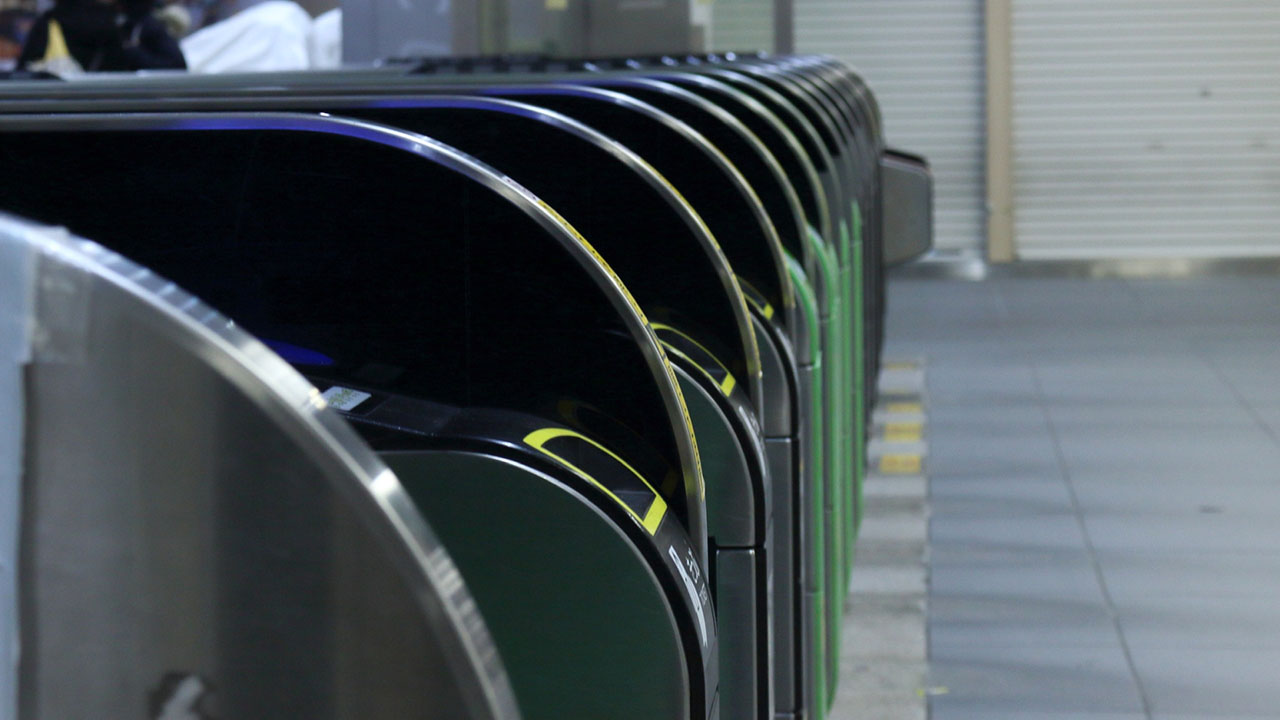 Once you’ve done this a few times, it’ll be so mechanical that you won’t even need the English guidance anymore. Come the time you’re ready to leave Japan, you’ll want to get whatever balance remains on the card back into your pocket, as well as your initial 500 JPY deposit.
Once you’ve done this a few times, it’ll be so mechanical that you won’t even need the English guidance anymore. Come the time you’re ready to leave Japan, you’ll want to get whatever balance remains on the card back into your pocket, as well as your initial 500 JPY deposit.
How to Return a Suica Card in Tokyo
To get your money back, all you have to do is visit the ticket office at a JR East station once again. Tell the clerk what you want to do, and they’ll almost definitely understand. If you’re especially anxious about language barriers, go to one of the bigger stations like Shinjuku or Tokyo where the staff deal with hundreds of foreigners every day.
To get your balance refunded, you have to pay a small fee of 220 JPY, but this won’t be detracted from your deposit. For example, if you had 2,000 JPY still left on the card, you would get 1,780 JPY of your balance back, plus your 500 JPY deposit for a grand total of 2,280 JPY.
If your balance is less than 220 JPY, there’ll be nothing left to refund after the fee, but your deposit is still safe. This means if you only had 200 JPY left, you’d get none of your balance, but still receive your 500 JPY deposit in full.
If you’re planning on coming back to Japan in future, then you needn’t bother with this step at all; the money on a Suica remains valid for up to 10 years after the last use of the card. Once you’ve been to Japan once, it’s a pretty sure thing you’ll be dying to come back again and again, so your Suica card could feasibly last you a lifetime of visits.
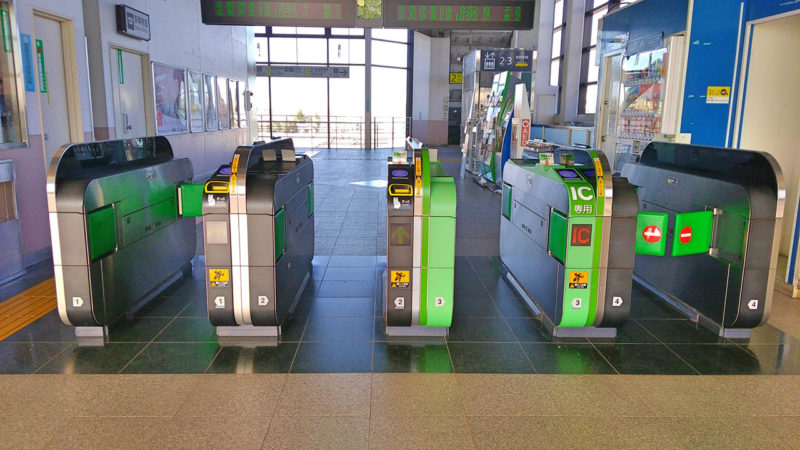

Writer: Callum Howe
Hi everyone! I’m a freelance writer from sunny Scotland with a love of history, literature, and techno. It’s been around 7 years since my first trip to Japan and life hasn’t been quite the same since. For the past 2 years I’ve been living and working in Tokyo. Through my writing I hope to share with you my fascination for this always interesting, often bizarre country.
*Disclaimer:
This article was written by an outside writer, and WAttention is not responsible for any damage caused by the information on this page. Please be aware that the accuracy of the information posted in this article is not guarantied, and the content may be changed without notice.
 0
0

